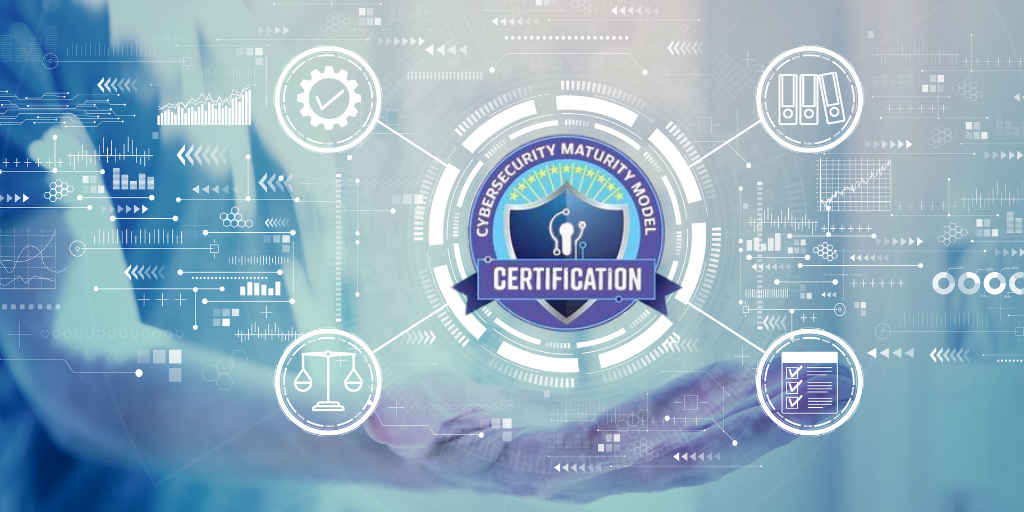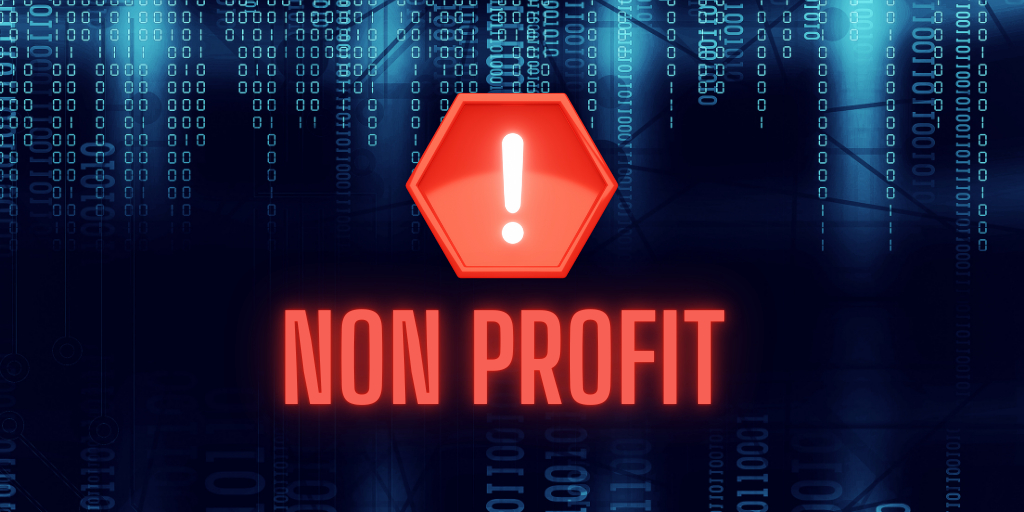Addressing CMMC Compliance Gaps for Small Businesses
Navigating the complex landscape of CMMC compliance can be a daunting task for small businesses, but with the right strategies, achieving and...
2 min read
.jpeg) Michael Markulec
:
Jan 15, 2024 10:07:44 AM
Michael Markulec
:
Jan 15, 2024 10:07:44 AM

Small and medium-sized businesses (SMBs) have previously unheard-of difficulties in protecting their data and infrastructure in the modern digital environment. With the rise of remote work, hybrid cloud environments, and the ever-looming threat of ransomware, traditional security models fall short. Enter Zero Trust is a revolutionary security framework that safeguards businesses against modern threats. Let's delve into the fundamental principles and benefits of Zero Trust and explore its relevance for SMBs.
Zero Trust, in essence, mandates continuous authentication, authorization, and validation of users, both inside and outside the organization's network. It assumes the absence of a traditional network edge, acknowledging that networks can be local, in the cloud, or a combination of both. This adaptability makes Zero Trust particularly valuable for SMBs with diverse infrastructures and remote workforces.
NIST 800-207, a comprehensive standard endorsed by CrowdStrike, is a reliable guideline for Zero Trust implementation. The NIST standard aligns with Forrester's ZTX and Gartner's CARTA, making it vendor-neutral and suitable for organizations of any size. The recent mandate by the Biden administration for U.S. Federal Agencies to adhere to NIST 800-207 further solidifies its status as the de facto standard for private enterprises.
Zero Trust revolves around three core principles based on NIST guidelines:
The execution of Zero Trust requires advanced technologies, including risk-based multi-factor authentication, identity protection, next-gen endpoint security, and robust cloud workload technology. Encryption of data, securing email, and verifying the hygiene of assets are also integral components.
Zero Trust departs from the outdated "trust but verify" model, which is especially crucial in the era of cloud migration and distributed work environments. Organizations must continuously monitor and validate user privileges and attributes, considering location, device type, firmware versions, and more.
With over 80% of attacks involving credential use or misuse, Zero Trust emphasizes real-time visibility into user and application identity attributes. Behavioral analytics, threat intelligence, and AI/ML models ensure accurate policy responses.
Zero Trust is not a one-size-fits-all solution; its implementation should align with an organization's unique challenges, digital transformation maturity, and current security strategy. It offers immediate benefits for organizations dealing with multi-cloud deployments, unmanaged devices, legacy systems, SaaS apps, and specific threat use cases like ransomware and insider threats.
The Sunburst attack in 2021 exemplifies the importance of Zero Trust in preventing threats even from standard service accounts. By following the principles of least privilege and automating context collection, organizations can mitigate the impact of breaches and enhance their overall security posture.
CrowdStrike's Zero Trust solution stands out with its frictionless approach, aligning with NIST 800-207 standards. It provides hyper-accurate detections, automated protection, and advanced cloud-native capabilities, reducing security complexity and costs for SMBs.
The Zero Trust model, focusing on continuous verification, blast radius limitation, and automated context collection, presents a robust security framework for SMBs. As the digital landscape evolves, embracing Zero Trust becomes imperative for safeguarding sensitive data and ensuring a resilient security strategy.

Navigating the complex landscape of CMMC compliance can be a daunting task for small businesses, but with the right strategies, achieving and...

In an increasingly digital world, non-profits are prime targets for cyber threats. You can just discover how a Virtual CISO can protect your...

Small businesses must prioritize secure messaging to protect sensitive information and maintain customer trust.